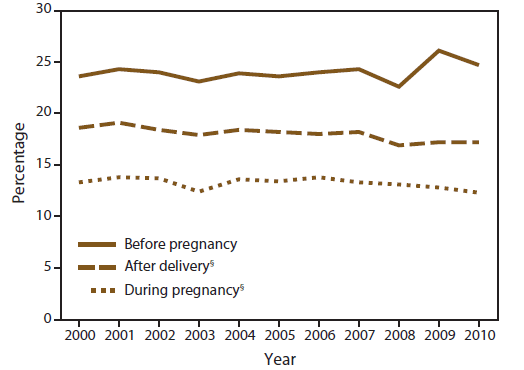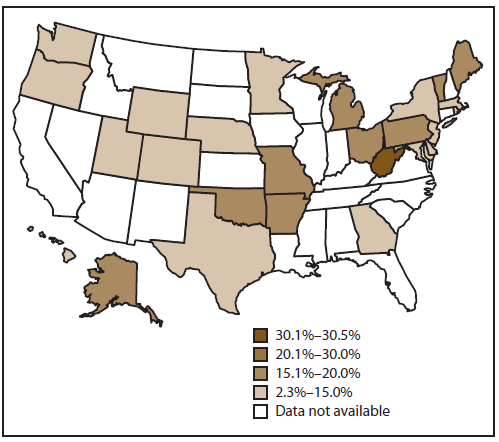Pregnancy Risk Assessment Monitoring System Working Group
Alabama: Izza Afgan; Alaska: Kathy Perham-Hester; Arkansas: Mary McGehee; Colorado: Alyson Shupe; Connecticut: Jennifer Morin; Delaware: George Yocher; Florida: Avalon Adams-Thames; Georgia: Chinelo Ogbuanu; Hawaii: Emily Roberson; Illinois: Theresa Sandidge; Iowa: Sarah Mauch; Louisiana: Amy Zapata; Maine: Tom Patenaude; Maryland: Diana Cheng; Massachusetts: Emily Lu; Michigan: Cristin Larder; Minnesota: Judy Punyko; Mississippi: Brenda Hughes; Missouri: Venkata Garikapaty; Montana: JoAnn Dotson; Nebraska: Brenda Coufal; New Hampshire: David J. Laflamme; New Jersey: Lakota Kruse; New Mexico: Eirian Coronado; New York state: Anne Radigan-Garcia; New York City: Candace Mulready-Ward; North Carolina: Kathleen Jones-Vessey; North Dakota: Sandra Anseth; Ohio: Connie Geidenberger; Oklahoma: Alicia Lincoln; Oregon: Kenneth Rosenberg; Pennsylvania: Tony Norwood; Rhode Island: Sam Viner-Brown; South Carolina: Mike Smith; South Dakota Tribal: Jennifer Irving; Texas: Rochelle Kingsley; Tennessee: David Law; Utah: Lynsey Gammon; Vermont: Peggy Brozicevic; Virginia: Marilyn Wenner; Washington: Linda Lohdefinck; West Virginia: Melissa Baker; Wisconsin: Katherine Kvale; Wyoming: Amy Spieker; PRAMS Team, Applied Sciences Branch, Division of Reproductive Health, National Center for Chronic Disease Prevention and Health Promotion, CDC.
 ShareCompartir
ShareCompartir




